Expert Buy-to-Let Mortgage Advice in Bristol & Bath
Secure the Right Mortgage for Your Investment Property
Investing in property can be a great way to generate long-term income, but finding the right mortgage is key to maximising returns. At Strong Mortgage Solutions, we provide expert advice for buy-to-let investors in Bristol, Bath, and surrounding areas.
Whether you're a first-time landlord or expanding your portfolio, we can guide you through the process, ensuring you secure the most suitable mortgage for your investment goals.
Book Your Free Buy-to-Let Consultation to start your property investment journey.
How We Help with Buy-to-Let Mortgages
Tailored Mortgage Advice for Landlords
We understand the unique challenges landlords face, from understanding affordability to ensuring rental yields align with lender criteria.
- Guidance on deposit requirements and lending criteria.
- Access to specialist lenders offering competitive rates.
- Support in presenting your application to maximise success.
Understanding Rental Income Requirements
Lenders calculate how much they’re willing to lend based on potential rental income. Our Buy-to-Let Calculator helps you estimate borrowing potential based on expected rental yields.
- Calculate how much you could borrow based on rental income.
- Understand lender criteria for affordability.
- Get tailored advice to align your property investment with lending requirements.
Let to Buy Mortgage Advice
Looking to move home but keep your current property as an investment? Let to Buy could be the right option.
- Advice on switching your existing home to a rental property.
- Guidance on affordability checks and rental income requirements.
- Support in finding the right mortgage for your new property.
Step-by-Step Guide to Securing a Buy-to-Let Mortgage
- Initial Consultation – Discuss your investment plans and financial circumstances.
- Rental Income Assessment – Use our Buy-to-Let Calculator to estimate potential borrowing amounts.
- Agreement in Principle (AIP) – Understand your borrowing potential and strengthen property offers.
- Mortgage Application – We handle the paperwork, liaise with lenders, and manage the process.
- Approval & Completion – Secure your mortgage and complete your property purchase.
Book a Free Consultation to simplify your buy-to-let process.
Frequently Asked Questions About Buy-to-Let Mortgages
Contact Us Today if you have more questions or need expert guidance.
Why Choose Strong Mortgage Solutions for Buy-to-Let Advice?
- Local expertise in Bristol, Bath, and surrounding areas.
- Access to a wide range of buy-to-let lenders.
- Personalised advice for first-time or experienced landlords.
- Step-by-step support throughout the mortgage process.
- Flexible consultations, available remotely or in person.
Book Your Free Consultation to start your property investment journey.
Areas We Cover for Buy-to-Let Mortgage Advice
We offer tailored buy-to-let mortgage advice in:
- Bristol (including Clifton, Redland, Bedminster, Southville)
- Bath
- Weston-super-Mare
- Portishead
- Clevedon
- Gloucestershire
- North Somerset
- Exeter
Contact Us Today for expert, local advice.
Ready to Invest in Property?
Securing the right mortgage is key to successful property investment. We’re here to provide clear, expert advice to help you make the right financial decisions.
- Book a Free Consultation to explore your mortgage options.
- Contact Us Today for more information.

